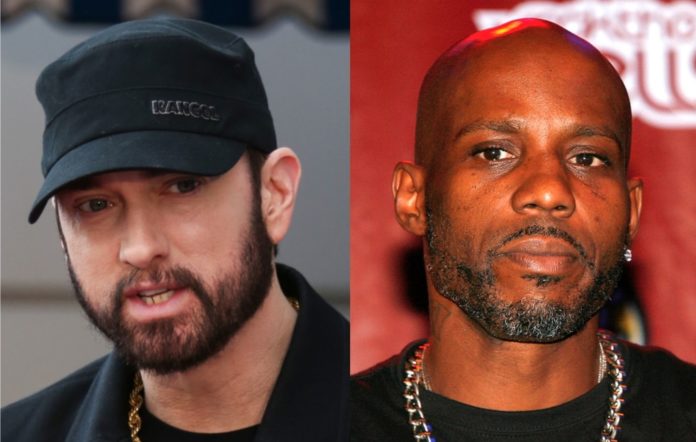
This One QR Code Revamped a Dying Brand Eminem
gang-flow – a once-popular streetwear brand found itself on the verge of shutting down. Sales had plummeted, customer engagement was nearly nonexistent, and digital ad fatigue had set in. Despite heavy investment in social media campaigns and influencer partnerships, nothing seemed to work. And then something unexpected happened this one QR code revamped a dying brand, altering its trajectory in ways no one could have predicted.
The brand’s pivot didn’t come from a high-tech tool or million-dollar rebranding. It came from a simple black-and-white square printed on recycled packaging. This one QR code revamped a dying brand because it wasn’t just a link it was a key into a personalized, gamified, and deeply immersive brand experience that modern consumers hadn’t seen before.
At a time when most marketing teams were abandoning print, this brand went the opposite direction. They printed 10,000 minimalist packages with nothing but their logo and one thing in common a QR code that looked like a glitch-art puzzle. Curious customers scanned it, not knowing they were part of something bigger. This one QR code revamped a dying brand by reintroducing curiosity into the brand experience.
Instead of linking to a homepage, the QR code opened a dynamic microsite that changed daily. From exclusive limited-edition drops to real-time polls about future designs, every scan created a new interaction. This one QR code revamped a dying brand because it transformed passive customers into active participants.
What made the campaign truly genius was its backend. Each QR scan prompted the user to input small preferences—favorite styles, cities they live in, favorite music genres. In turn, the brand used this microdata to tailor the experience each time the code was scanned. Soon, customers began sharing screenshots on social platforms showing personalized landing pages that greeted them by name and recommended custom bundles. This one QR code revamped a dying brand by offering personalization without creepiness—something brands have been trying to crack for years.
This layer of dynamic content transformed a static print piece into a digital dialogue. No email blast or Instagram carousel had created that kind of buzz. That’s why this one QR code revamped a dying brand—it gave people something they hadn’t felt in a while: surprise.
Here’s where things took off. Within 48 hours of the drop, TikTok creators started posting “what happens when you scan this code” videos, gaining millions of views. The campaign was picked up organically by Reddit and Twitter users intrigued by the evolving microsite design. Suddenly, this one QR code revamped a dying brand by creating free word-of-mouth marketing.
Because the site evolved based on user behavior, no two users saw the exact same thing. Fans began trading screenshots like collector cards. Some days offered discount codes. Others offered access to unreleased tracks by underground artists. A few even got golden tickets to private pop-ups. This one QR code revamped a dying brand by making every customer feel like part of an inner circle.
The brilliance of the campaign wasn’t just buzz. It was conversion. Those who scanned the QR code and engaged with the microsite were shown limited-time offers with built-in countdowns, reducing cart abandonment. Abandoned visits were retargeted with location-based SMS offers. On average, customers spent 3x longer on the microsite than on the brand’s old homepage. That’s the practical reason this one QR code revamped a dying brand because it converted.
Even more impressive, over 60% of customers opted into SMS and email campaigns willingly. This single campaign rebuilt the brand’s owned audience from scratch in just 30 days. This one QR code revamped a dying brand not only by winning back attention, but also by collecting zero-party data without the typical resistance.
In a world where marketers often chase digital-first solutions, this story proves the power of hybrid strategy. This one QR code revamped a dying brand not just by existing, but by blending physical design with digital personalization. The tactile print element grounded the campaign in trust, while the digital layer kept it alive through relevance and engagement.
What we’re seeing here isn’t a fluke—it’s a signal. Brands can no longer rely on performance ads alone. Consumers crave connection, mystery, and moments that feel human. This one QR code revamped a dying brand because it didn’t ask customers to just buy it invited them to play, explore, and co-create.
This website uses cookies.